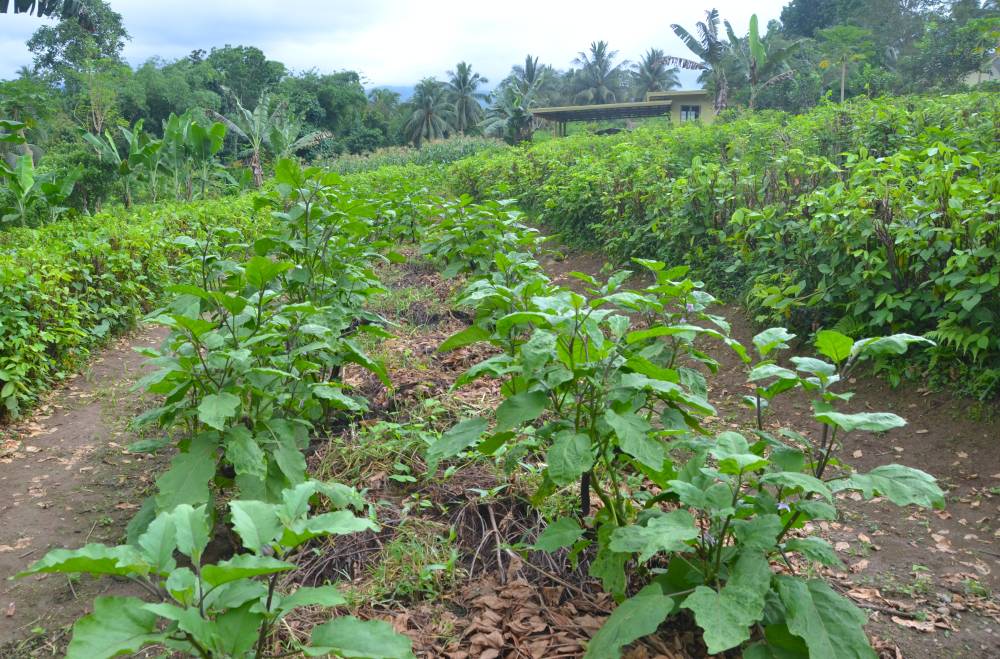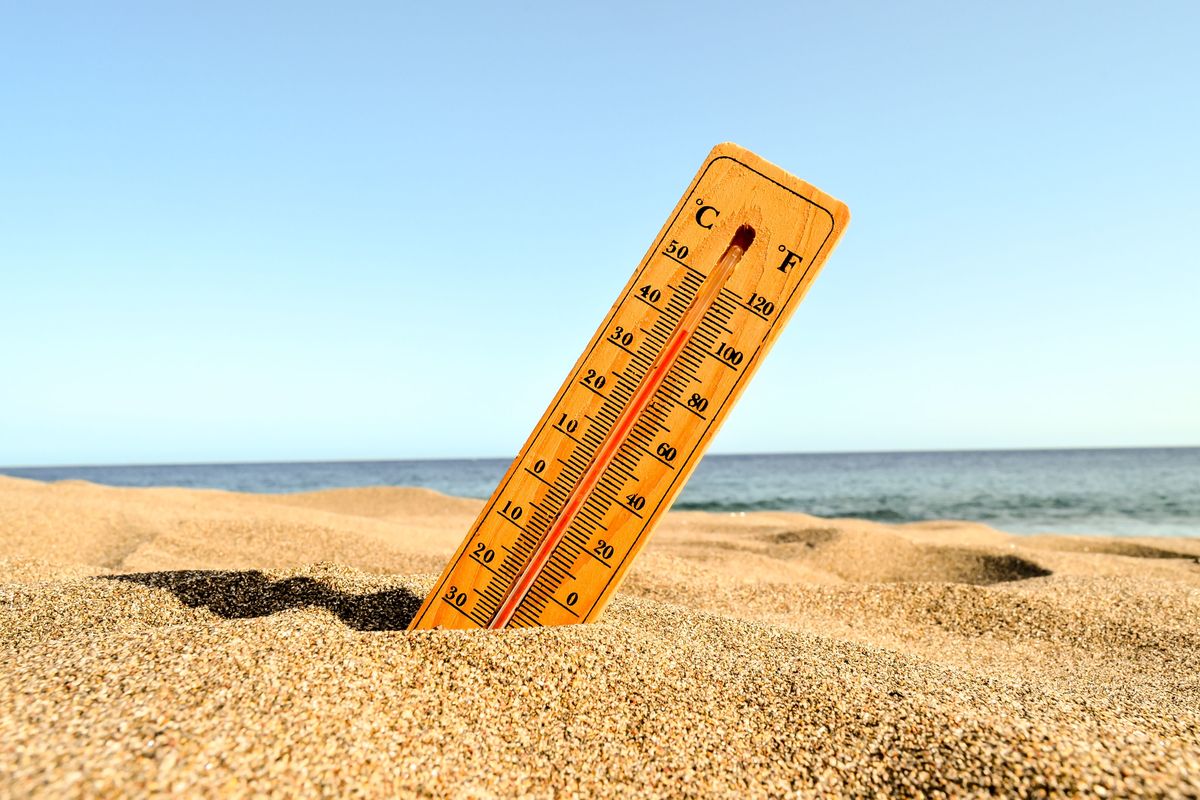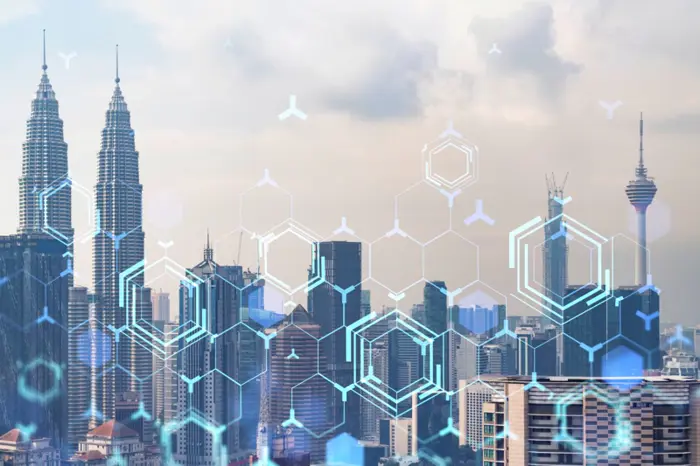“Soil erosion is an enemy to any nation—far worse than any outside enemy coming into a country and conquering it, because it’s an enemy you cannot see vividly. It’s a slow creeping enemy that soon possesses the land.”
Those words are by Rev. Harold Ray Watson, once the director of Davao-based Mindanao Baptist Rural Life Center (MBRLC). He delivered the statement when he received the prestigious Ramon Magsaysay Award, Asia’s Nobel Prize, for international understanding in 1985.
Soil erosion could imperil the country’s food supply in the coming years, warned Watson. “Land is not being remade. It takes thousands of years to build one inch of topsoil but only one good heavy rain to remove one inch from unprotected soil on the slopes of mountains.”
Forty years may have elapsed since Watson raised the alarm on soil erosion, but it is timely as ever. During the first National Soil Health Summit in 2023, President Marcos said about 75 percent of the country’s “total crop land is vulnerable to erosion in various degrees, with agriculture losing about 457 million tons of soil annually.”
“Our soil is under threat and to continue to neglect this vital agricultural component will lead to even worse crises in the future,” he added.

Productive land
Under typical circumstances, soil develops at a pace of one centimeter every 100 to 400 years, requiring between 3,000 and 12,000 years to generate sufficient soil for the creation of productive land.
“This indicates that soil is, in essence, a nonrenewable resource,” said the UN Food and Agriculture Organization. “Once it is destroyed, it is irretrievably lost.”
Through the years, a variety of strategies designed to manage erosion have been methodically formulated and improved. In the Philippines, one of the most advanced erosion controls is the Sloping Agricultural Land Technology (SALT) developed by MBRLC.




